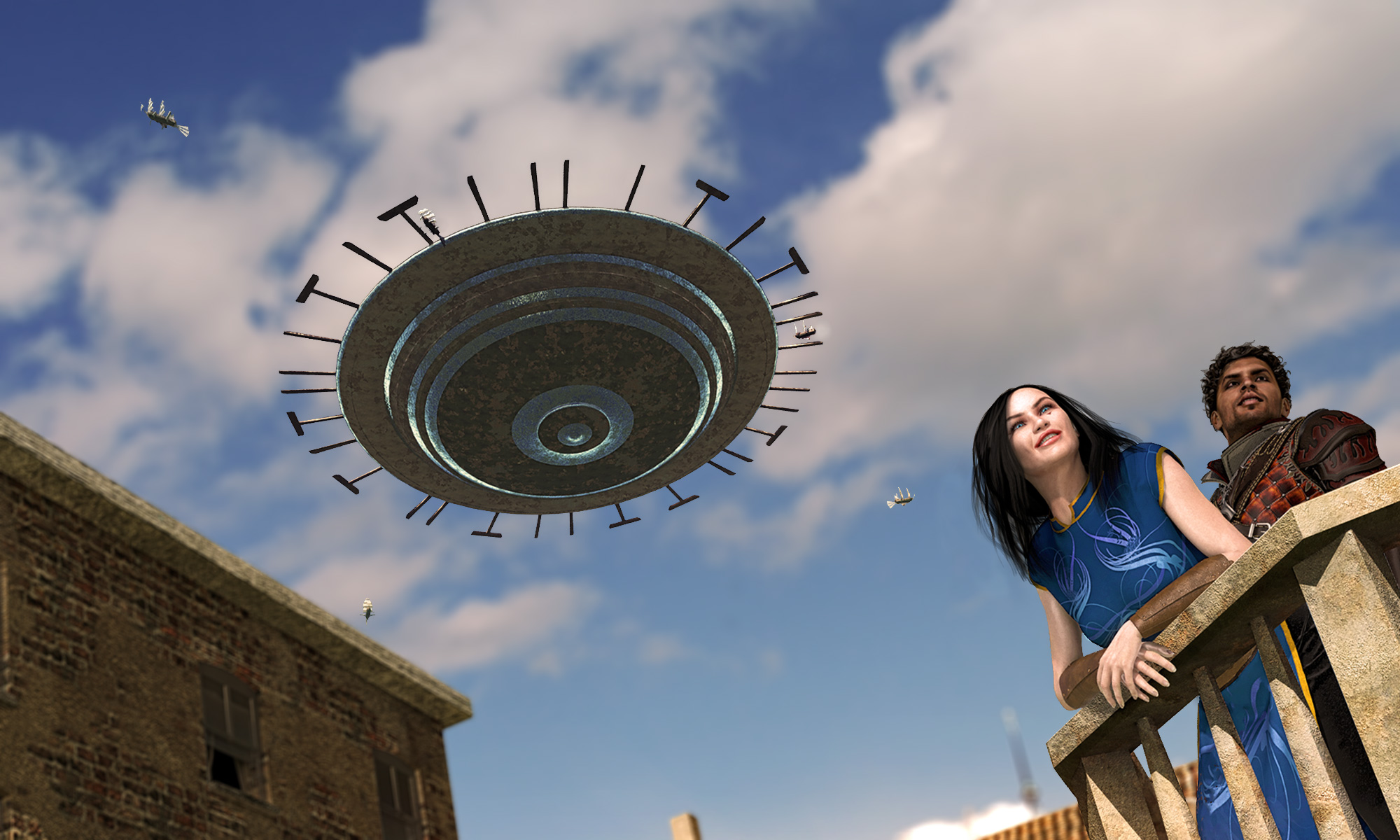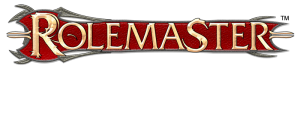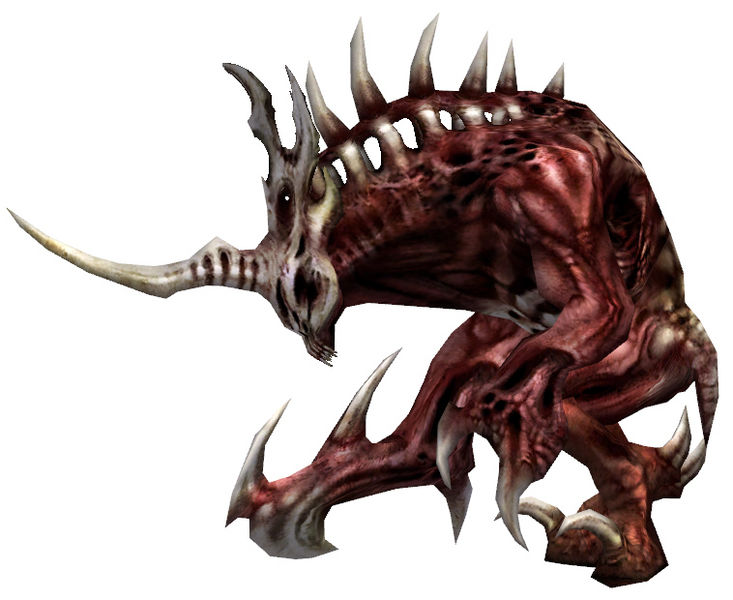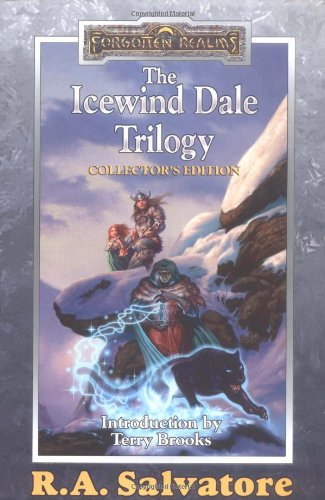I don’t watch much TV but one of the programmes I do like is The Good Wife. There is an episode called Goliath and David which centres around copyright and derivative works. Bear with, I going somewhere with this. In the TV programme one group of musicians had covered another artists song with permission, so that was fine but they had changed it considerable musically, the melody etc. A third group, a major TV station had then taken the derived work and used it in a TV show and then released it on iTunes and made $2.3Million dollars.
The TV lawyers argue back and forth with the defence for the TV network being that their song writer was inspired by the same original song and arrived at the same melody just by chance. The Judge at that point cannot possibly rule as to who was inspired by what and the story moves on.
Now does it not strike you as strange that four magicians, all of who have an interest in fire leave the guild/academy/their master with exactly the same spell, being Boil Water. To make it worse these four magicians come from very different places, races, cultures. One comes from Middle Earth, one from Shadow World, one from Shadowdale in Fearun and one from the world of Greyhawk but they still all only know the one boil water spell. If a similar melody in two different cover versions of a song is suspicious then what is going on here?
Anyone who wants to play a spell caster in either my face to face game or my pbp game is going to discover that learning magic is hard. I do not allow you to add any stat or level bonus to spell gain rolls. I do not allow more than one list to be learned at the same time (unless you buy 20 ranks in the first list of course) and I do not use the ‘magic as a skill’ rules. You will probably get one list per level with a some people investing a lot in spell lists getting a slim chance of learning a second list (spend 21DP on magic gives you one automatic list and 5% chance of a second list). Typically PCs get 35-40DPs a level so 21 is a huge investment at the cost of everything else.
You would think that if a first level spell caster only has the two lists (one at apprenticeship and one at first level) then they are even more likely to be exactly the same.
That isn’t true. In another game I am just creating a character for magic is more common and my first level character has 5 lists, two learned at apprenticeship and three at first level. I will be starting with almost all of the professions base lists. Any other person under the same rules and the same profession would be severely tempted to learn all of the base lists as well.
This does of course change with the profession. All the healers would be silly to not buy all their base lists. Who wants a healer who looks at the main fighter in the group and then tuts and says “Sorry mate, I don’t do bones.” Illusionists are the same, you cannot use your Major Illusion base list unless you already know all the seperate ‘mirage’ spells so they must learn all bar one of their base lists.
Magicians are different. Every base list basically has a mix of offensive and defensive spells. Shockbolt is the lowest level directed spell but you have to wait until much later to get lightning bolt, the most powerful directed spell. Firebolt comes much later than Shockbolt but you then get Fireball soon after. Wall of Fire doesn’t offer any protection but does hurt your opponent, Wall of Water adds 80 to your DB. They are a group of comparable spell lists rather than complimentary spell lists. If you had five lists at first level then maybe two of your base lists are worth having but also start to learn the invisibility list, the flying list and the detection spell list.
Now this is where my rules start to create more variety. Rather than everyone knowing all their base lists by second level, you have to start to make those choices. What is important to YOUR character? You can meet two different first level magicians and have them know different spells and that will change their approach to all the problems faced by the party. The magician with detection and scrying magic is just as important as the Fireball thrower.
Restricting lists is only part of it. On its own it could be seen as taking some of the fun away from playing a low level spell caster. Afterall, two spells and you are probably done for the day.
I actively encourage and almost insist on spell research. I imagine it as the spell casters right of passage from apprentice to being their own man/woman. Now you may have only two lists but you should be on the way to learning a new, unique to you, first level spell. This spell gives you (at first level) as many spells as someone with three lists and if you learn more first level spells then the same as four lists or five lists. There is no reason not to have three first level spells on each list if you have the inspiration.
A DnD first level magic users has the choice of charm person, magic missile, burning hands and sleep. All of which give them an offensive capability. A rolemaster magician can make the tea. It is not quite the same. Of that list of DnD spells the only one open to a first level magician is Sleep. Do you as a GM want every single magician to learn Spirit Mastery and then cast sleep at the start of every encounter?
I have written a lot recently on spell research both here and in articles for the Guild Companion. I feel really strongly about it being the missing link in the chain that that stops the ‘spell list’ model from producing jelly mold or cookie cutter spell users.
If you are going to play a spell caster in any of my games prepare to get creative!




